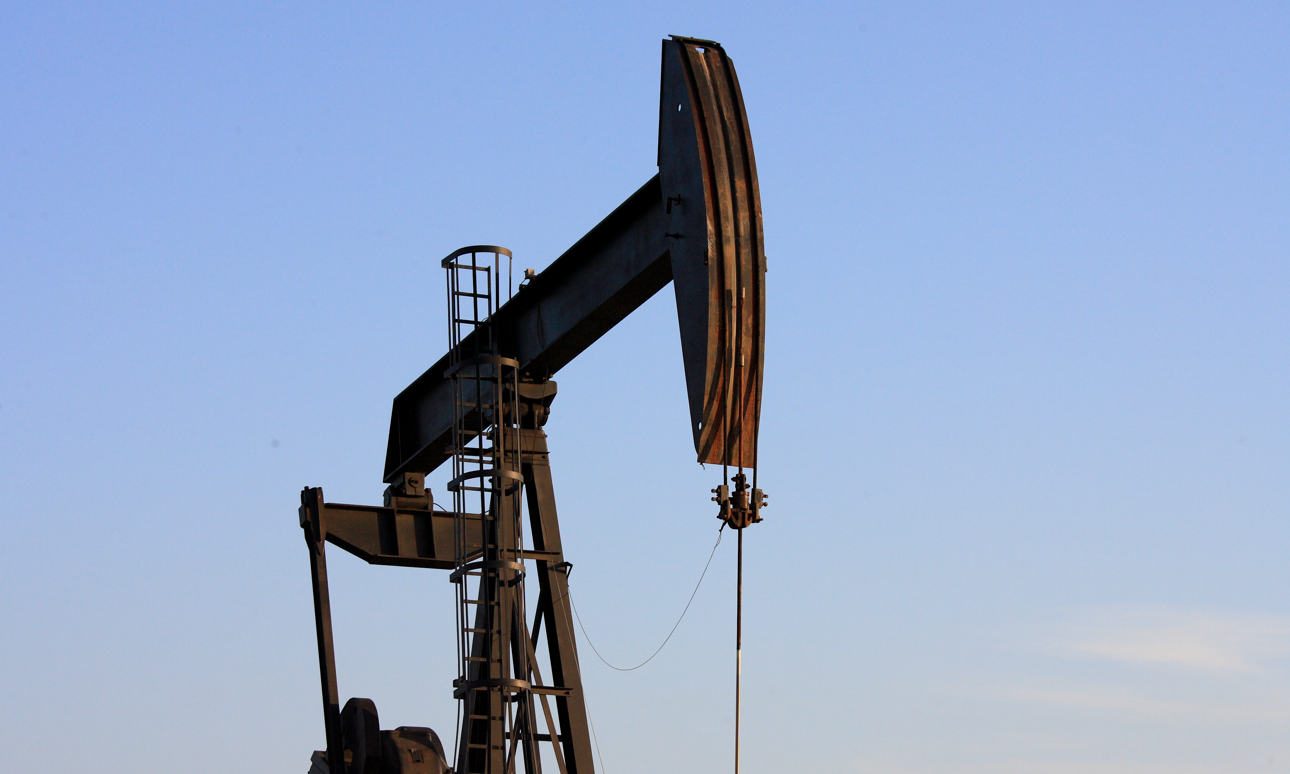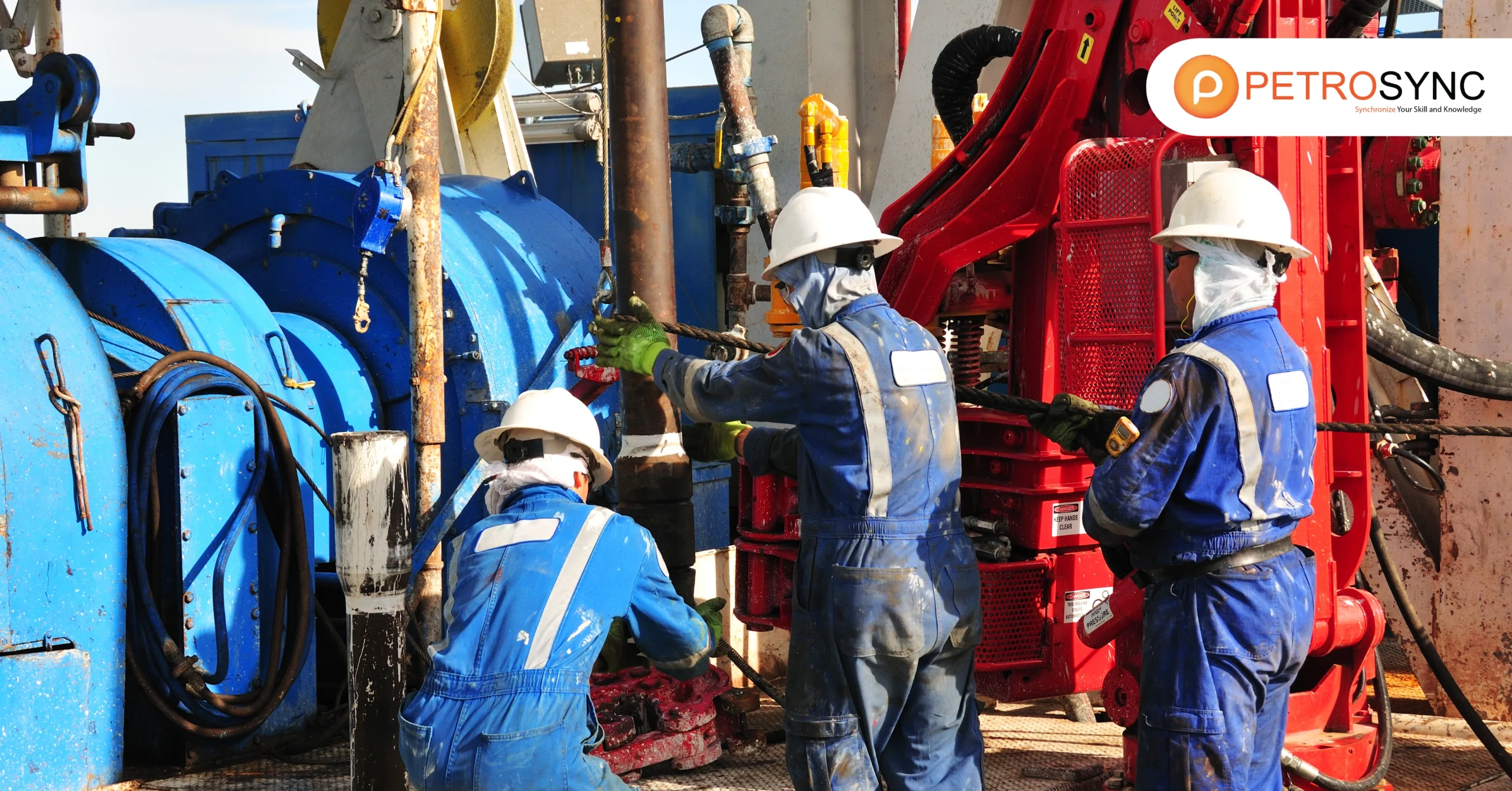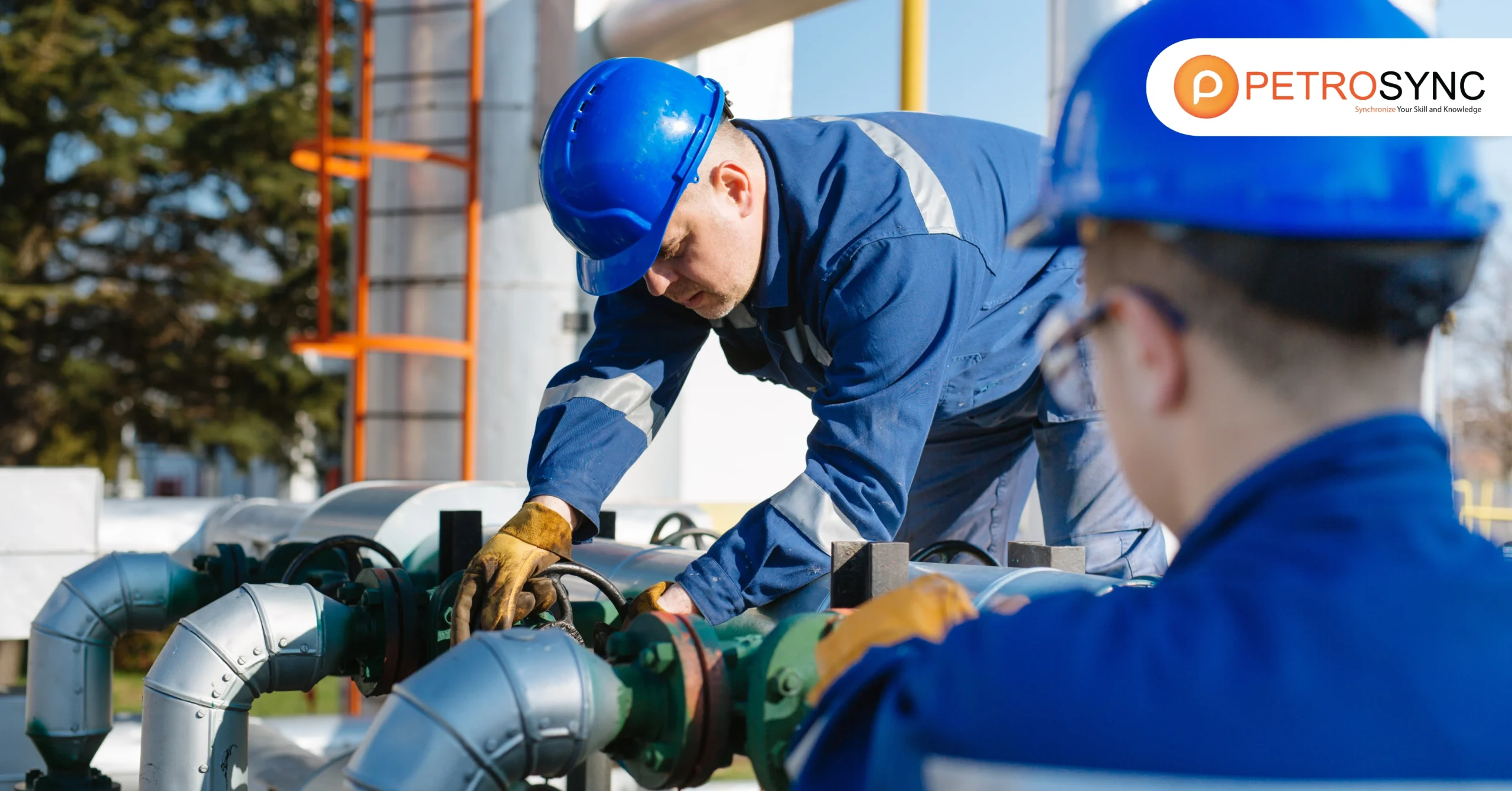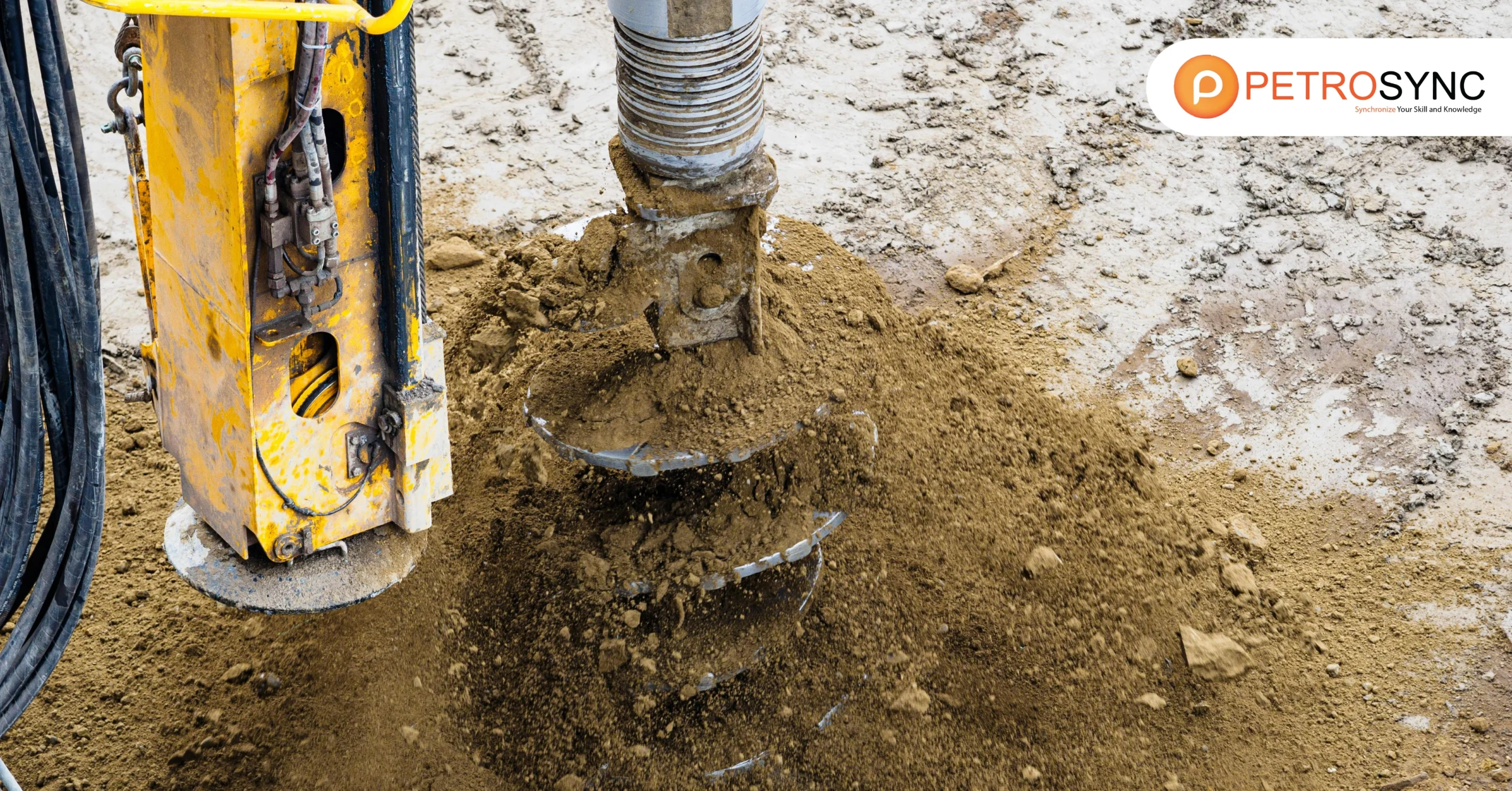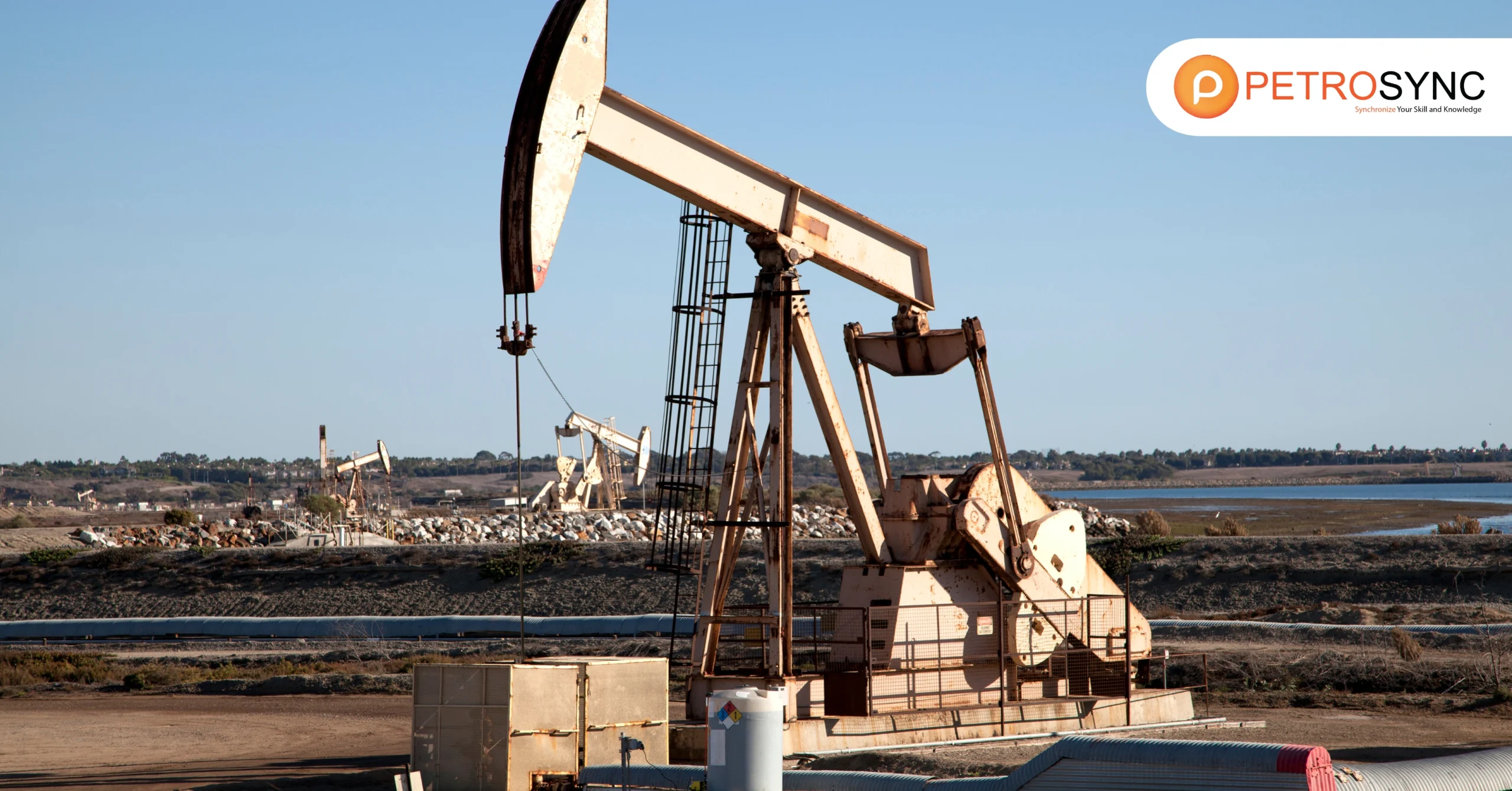Well stimulation plays a crucial role in enhancing the productivity of oil and gas wells, allowing for the extraction of more resources from underground reservoirs. Through various techniques such as fracking, acidizing, and other stimulation methods, companies can optimize their production capabilities and maximize the recovery of valuable hydrocarbons. In this article, we will explore the importance of well stimulation, its different techniques, and its impact on the overall efficiency and profitability of oil and gas operations.
What Is Well Stimulation?
Well stimulation is a treatment performed to restore or enhance the productivity of a well, well stimulation is a process used in the oil and gas industry to improve the productivity of oil or gas wells. It involves techniques aimed at increasing the flow of hydrocarbons from the reservoir to the wellbore. These techniques can include hydraulic fracturing (fracking), acidizing, and other methods that help create pathways for oil or gas to flow more easily, ultimately enhancing the overall production of the well.
What Are The Purposes of Well Stimulation?
The purpose of well stimulation, which includes enhancing permeability and improving the flow of hydrocarbons from the reservoir to the wellbore, is to increase the productivity of oil or gas wells. This process helps enhance overall production rates and maximizes the recovery of resources from the well, ensuring efficient utilization of the reservoir’s potential.
Stimulating a well offers several advantages beyond increasing productivity and improving hydrocarbon flow. It helps to revive older wells that may have experienced reduced production over time, extending their economic lifespan. Well stimulation techniques can also target specific zones within a reservoir, optimizing the extraction of oil or gas from areas that were previously challenging to access.
Moreover, by enhancing permeability and creating additional pathways for hydrocarbons to flow, well stimulation can lead to higher ultimate recovery rates, maximizing the overall value of the reservoir. Overall, well stimulation plays a crucial role in maximizing production efficiency, extending well longevity, and ultimately increasing the profitability of oil and gas operations.
What Are The Techniques of Well Stimulation?
By stimulating the well, operators can optimize well productivity, enhance reservoir connectivity, and maximize the recovery of oil and gas resources from wells, contributing to overall operational success in the oil and gas industry. There are several techniques of well stimulation that engineers can do:
1. Cleaning The Formation
Cleaning the formation involves removing any obstructions or blockages in the wellbore or near the perforations. This process can include using chemicals or mechanical methods to clear out debris, scale, or buildup that may hinder the flow of oil or gas from the reservoir to the well.
2. Extending The Perforation Tunnels and Fracture
Extending the perforation tunnels and creating fractures in the surrounding rock formation are techniques used to increase the contact area between the reservoir and the wellbore. By using specialized tools and equipment, engineers can create channels that allow for better fluid flow, improving overall production rates.
3. Hydraulic Fracturing
Hydraulic fracturing, also known as fracking, is a widely used technique in well stimulation. It involves injecting a fluid (usually a mixture of water, sand, and chemicals) at high pressure into the reservoir rock to create fractures. These fractures help release trapped hydrocarbons, allowing them to flow more easily to the wellbore and enhance production.
4. Lifting The Well
Lifting the well refers to methods used to overcome the natural pressure decline in the reservoir and lift hydrocarbons to the surface. Techniques such as artificial lift systems, including pumps and gas lift mechanisms, are employed to maintain or increase production rates by providing additional pressure or assistance in lifting fluids.
5. Well Stimulation Vessels
Well stimulation vessels are specialized equipment used during well stimulation operations. These vessels are designed to store and transport the fluids, chemicals, and proppants needed for hydraulic fracturing and other stimulation techniques. They play a crucial role in ensuring that the stimulation process is carried out efficiently and safely.
6. Explosive Fracturing
Explosive fracturing, also known as well shooting, uses controlled chemical explosions to stimulate wells. It’s the most forceful way to inject chemicals into wells. This method has been used for a long time in well stimulation. It involves creating a powerful blast at the well opening using supersonic waves and high-pressure gases, which helps push fluids into the underground rock formations.
7. Acid Injection
In acid injection, a mixture of water and hydrochloric acid (HCl) is pumped into the well to dissolve minerals and substances that block the channels, such as calcium carbonate. This acid solution is effective in clearing these blockages and restoring oil flow in the well. Compared to other manual stimulation methods, acid injection has a lesser environmental impact. However, it requires careful monitoring to prevent gas leaks and other potential issues during the process.
What Are Some Frequently Asked Questions (FAQ) About Well Stimulation?
In this section, we compile some of the most frequently asked questions related to well stimulation:
1. What Type of Acid Is The Most Widely Used for Well Stimulation?
The most widely used type of acid for well stimulation is hydrochloric acid, commonly known as HCl. It is used to help increase the flow of oil and gas in oil wells by dissolving minerals and other materials that may block the flow.
Hydrochloric acid, often referred to as HCl, is the most commonly used type of acid for well stimulation. It helps improve the flow of oil and gas in wells by dissolving minerals and other materials that can hinder the flow. This process is essential for enhancing the productivity of oil and gas wells.
2. What Is A Well Stimulation Vessel?
A well stimulation vessel, which mainly provides services for the production of wells, injects stimulation substances into wells through the operation of well installations and equipment to improve the productivity of oil and/or gas and support offshore engineering production.
It carries equipment and materials needed to perform procedures like hydraulic fracturing or acid stimulation, involving injecting fluids into the well at high pressure to create fractures or dissolve materials, allowing more oil or gas to flow out of the reservoir and into the wellbore for extraction. These vessels play a crucial role in maximizing the output of oil and gas wells.
3. What Is Well Activation?
Activating the well involves reducing the hydrostatic head in the well (i.e., creating a negative overbalance), thereby inducing the formation of fluids to flow into the wellbore. It’s like turning on a switch to start something working or to bring it to life, ensuring it’s ready to function effectively.
This activation process is crucial in oil and gas operations because it prepares the well to receive and produce fluids efficiently. By adjusting the pressure inside the wellbore, operators can stimulate the flow of oil or gas from underground formations, enabling extraction and production activities to proceed smoothly.
4. What Is The Difference Between Fracking and Stimulation?
Fracking and stimulation are both techniques used in the oil and gas industry, but they have some differences. Fracking, short for hydraulic fracturing, involves injecting water, sand, and chemicals into a well under high pressure to break apart rocks and release oil or gas trapped inside them.
Stimulation, on the other hand, is a broader term that includes various methods to enhance the productivity of a well. This can include fracking but also other techniques like acidizing, where acid is used to dissolve rocks and improve flow. So, while fracking is a specific type of stimulation, stimulation can refer to a range of methods used to increase oil and gas production from wells.
In conclusion, well stimulation is an important strategy in the oil and gas industry to increase the productivity of wells. It includes techniques like fracking and acidizing that help extract more oil and gas from underground reservoirs. By employing well stimulation methods, companies can improve their overall production and maximize the extraction of valuable resources from wells.
To learn more about well stimulation, you should consider taking the Well Completion & Workover training offered by PetroSync to gain a comprehensive understanding of well stimulation in the oil and gas industry. This training will cover various aspects such as different stimulation techniques, best practices, safety considerations, and the latest technologies used in well completion and workover operations.
By participating in this drilling training, you can enhance your knowledge and skills, making you better equipped to handle well stimulation projects effectively and safely. It’s a valuable opportunity to expand your expertise and advance your career in the oil and gas sector.
Credit header image: Vecteezy

SEO specialist by day, fact-checker by night. An avid reader and content writer dedicated to delivering accurate and engaging articles through research and credible sources.

